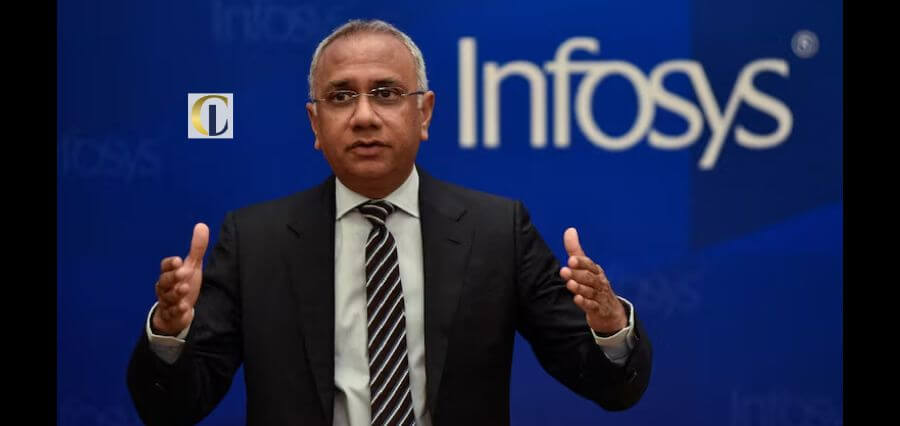Water scarcity is a pressing issue within the broader climate crisis, and it is expected to have significant implications, particularly in large Asian economies such as India and China. These countries, experiencing rapid rates of industrialization and urbanization, have a growing demand for water to support various sectors, including manufacturing, clean energy, and agriculture.
India faces severe water scarcity, with limited water resources available for its large population. Climate change has worsened the situation, leading to more frequent floods and droughts. China also grapples with water scarcity, as a significant portion of its groundwater, aquifers, and river water are polluted and unsuitable for consumption or industrial use. The dependence of coal power plants on water further compounds the issue.
The water crisis extends beyond India and China, affecting other developing countries in the region as well. However, these countries may have fewer resources and resilience to address the challenges effectively. In contrast, countries like India and China have the ability to invest in technology and innovation for improved water storage systems.
Water scarcity also impacts various sectors, including semiconductor manufacturing and energy production. Taiwan, a major hub for the semiconductor industry, faces challenges in balancing water supply for manufacturing and hydroelectricity. However, many industries have the potential to recycle water and adopt sustainable practices.
The lack of water availability can hinder the energy transition and agricultural productivity, further jeopardizing food security. The integration of water and energy discussions becomes crucial for sustainable solutions.
In conclusion, the water scarcity crisis in Asia, particularly in India and China, poses significant challenges to economic growth, energy security, and food production. Addressing this crisis requires regional cooperation, technological advancements, and sustainable practices across industries to ensure a secure and resilient water future.
| Read More: Click Here |








